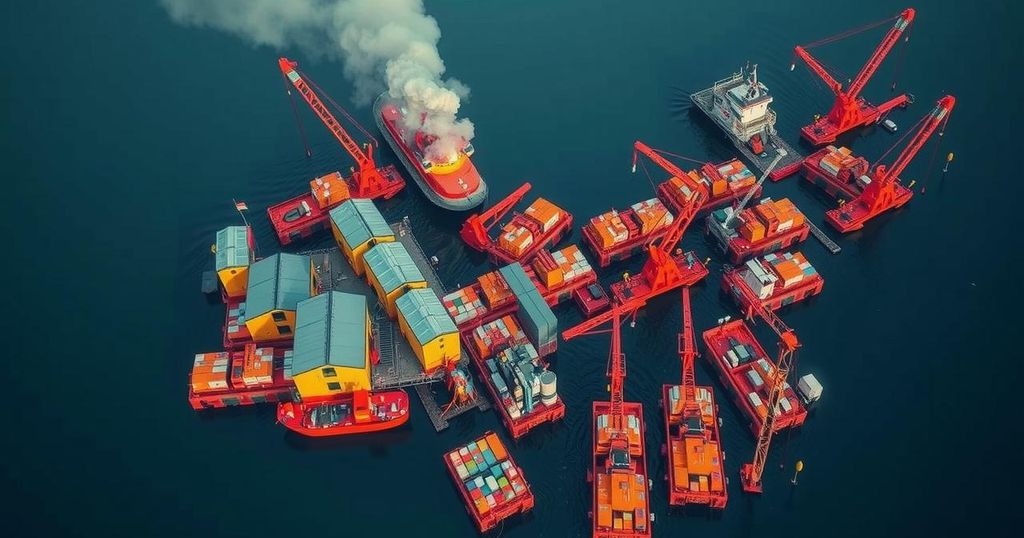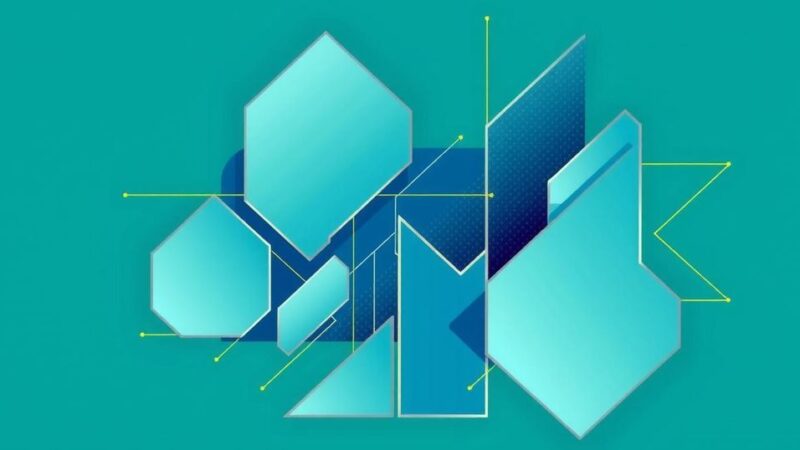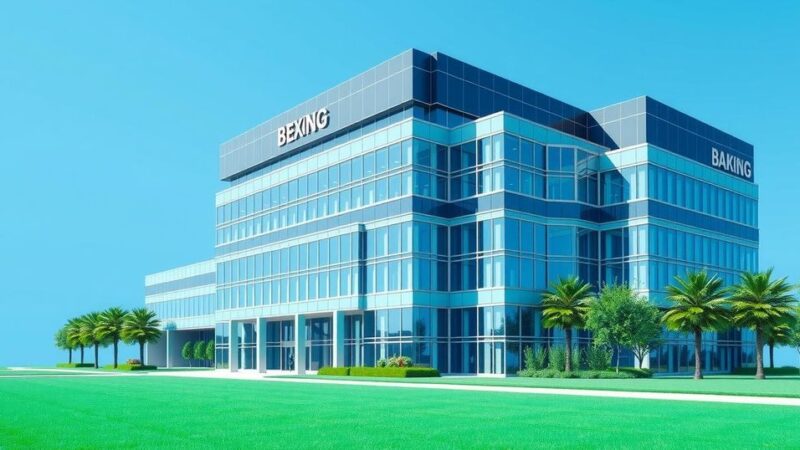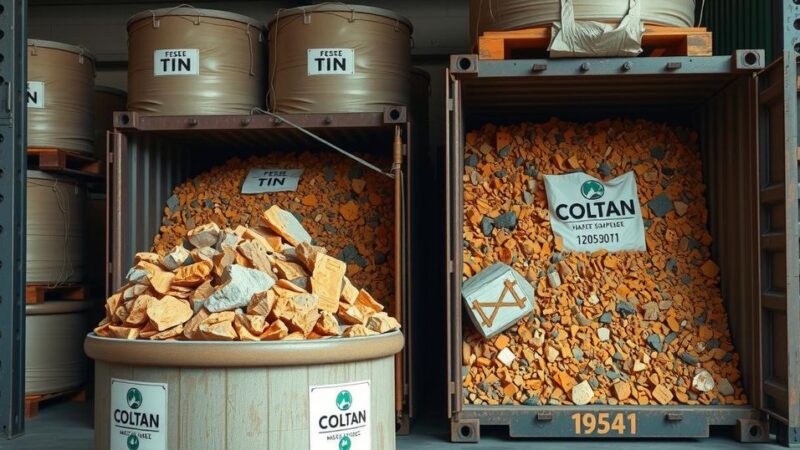China is intensifying its mining efforts in the Democratic Republic of Congo (DRC), focusing on copper and cobalt resources crucial for global energy transition. The Tenke Fungurume Mining (TFM) operation is key to this strategy amid intricate negotiations and rising global demand for essential minerals. Despite substantial Chinese investments, the DRC faces significant challenges including corruption and inadequate infrastructure, which may hinder its aspirations to transition to a value-added economic model.
In the Democratic Republic of Congo (DRC), the Katanga Plateau is increasingly recognized for its vast untapped mineral resources, particularly copper and cobalt. The Tenke Fungurume Mining (TFM) operation, led by China’s CMOC Group Ltd. in conjunction with local state-owned miner Gecamines, has become pivotal in the global commodities market. Following complex negotiations, CMOC maintained an 80% stake in TFM, agreeing to an $800 million equity transfer to appease local interests. The DRC government, under increasing demand for critical minerals driven by transitioning energy needs, is enhancing its partnerships with foreign entities while asserting control over its mineral wealth.
With its significant share of global deposits, the DRC is becoming the target of substantial Chinese investment—over $20 billion to date—while striving to increase its output and capture greater value from its resources. TFM’s production is expected to rise significantly, and with Chinese engineering and management practices optimizing operations, the nation is positioning itself as a key player in the global supply of electric vehicle materials.
However, the DRC faces enduring challenges such as corruption, insufficient infrastructure, and erratic power supply, which hinder development and foreign investment. Recent declarations by the DRC’s Minister of Mines signal an intent to improve these issues and foster a more sustainable mining economy. Furthermore, the DRC’s geopolitical landscape is shifting, as Western countries also seek to access its resources amidst growing competition with China. The aspirations to move from raw mineral exports to value-added industries highlight the DRC’s long-term vision for a more robust economic future.
In this context, Chinese companies have gained dominance in the DRC’s mining sector, exemplifying both the opportunities and challenges that lie ahead for the country and its international partnerships.
The Democratic Republic of Congo possesses some of the richest mineral reserves in the world, primarily copper and cobalt, essential for the emerging green energy economy. This strategic wealth has attracted massive foreign investments, especially from Chinese firms that have established a strong foothold in the region since mining sector reforms began in 2002. These mining operations aim to cater to the increasing global demand for metals driven by technological advancements and the transition to electric vehicles. Despite this, the DRC continues to grapple with infrastructural deficits, corruption, and political instability, which undermine its potential economic growth from these resources.
In summary, as the DRC emerges as a crucial player in the global mining landscape, the impact of Chinese investments reaffirms the country’s mineral wealth’s importance in addressing the demand for sustainable energy sources. However, without addressing the underlying challenges, the DRC may struggle to transition from merely being a raw materials exporter to a more diversified and economically stable nation. The interplay between local governance, foreign investment, and global market dynamics will be critical in shaping the future of the DRC’s mining sector.
Original Source: www.thinkchina.sg






